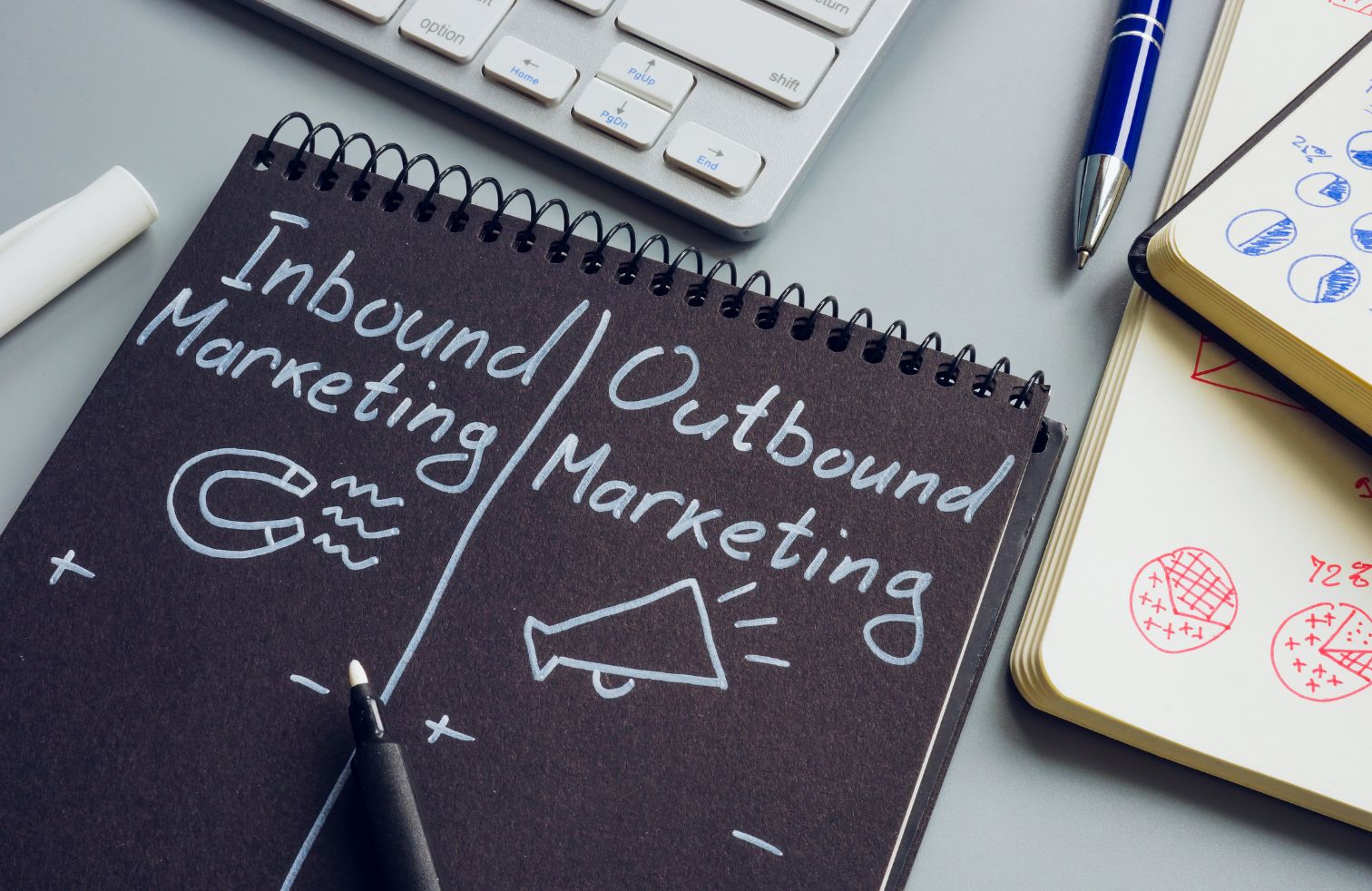Introduction: The Noise vs the Nudge
If you’re running a small business in 2025—whether in Lagos or London—you’ve probably heard terms like inbound and outbound marketing thrown around. Everyone claims they know the best method to get customers flocking to your business. But which one actually works for SMEs like yours?
Let’s break it down, plain and simple, no jargon, just truth. In this post, you’ll learn what each approach means, how they work in the real world, and which one suits your business goals best.
What is Outbound Marketing?
Outbound marketing is what most people still think of as “marketing.” It’s the loudspeaker. It’s traditional. It’s direct. It’s everywhere.
Examples include:
- Cold calls
- Radio or TV adverts
- Paid banner ads
- Email blasts
- Sponsored billboards
This method pushes your message outwards to as many people as possible, hoping someone will bite.
When it works best:
- For urgent promotions or new launches
- When you have a high ad budget
- If your audience is older or offline
The downside?
It’s often ignored. People now have ad-blockers, skip YouTube ads, and hang up on cold callers. Plus, outbound is expensive and hard to track.
What is Inbound Marketing?
Inbound marketing, on the other hand, is the magnet. Instead of shouting, you attract customers by being helpful and visible when they’re searching for answers online.
Examples include:
- Blog posts (like this one!)
- SEO-rich website pages
- Social media content
- Free downloads, eBooks, or webinars
- Lead magnets with email automation
Inbound works because it respects the modern buyer journey. People want to discover, not be interrupted.
When it works best:
- For long-term customer acquisition
- When you want to build trust and brand loyalty
- If you’re in a competitive market and need to stand out
The challenge?
It takes time and consistency. You won’t get results overnight. But when done right, it keeps delivering long after you’ve created the content.
Real-Life Example: Nigerian Skincare Brand
We recently worked with a growing skincare brand in Nigeria. They used outbound first—radio ads, influencer shoutouts, and promo giveaways. Big splash, but after a few weeks… silence.
Then we introduced inbound strategies:
- A skincare blog answering common questions
- SEO-optimised product pages
- Email nurturing with tips for oily skin types
- TikTok videos linked to their blog stories
In 90 days, their organic traffic went up by 260%, and their email list doubled—without spending on more ads.
Hybrid Strategy: Best of Both Worlds
Here’s the truth: in 2025, you don’t need to pick one. Smart businesses use a hybrid approach – lead with inbound, support with outbound.
- Start with blog content, SEO, and email nurturing
- Amplify your best-performing content with targeted paid ads
- Retarget visitors with offers via social media ads
At HydeasTech, this is exactly how we help our clients grow—especially SMEs balancing cost with results.
Which One Should You Start With?
If you’re just getting started or working with a tight budget:
- Focus on inbound.
- Build your blog. Nail your SEO. Start collecting emails.
If you’ve got a launch or want instant visibility:
- Add outbound to boost reach.
- Run a 10-day social ad campaign or promote your lead magnet.
Either way, your goal should be long-term visibility and conversion, not just one-time clicks.
Final Thoughts: It’s Not a Battle, It’s a Balance
Inbound and outbound marketing aren’t rivals – they’re tools. And like any good toolkit, your results depend on how you use them.
If you’re serious about growing your brand this year – without wasting money on tactics that don’t work, let’s talk. HydeasTech helps UK and African businesses get seen, get leads, and get results.
Want a free 30-minute strategy session? Book a Discovery Call and let’s map your customer journey.

